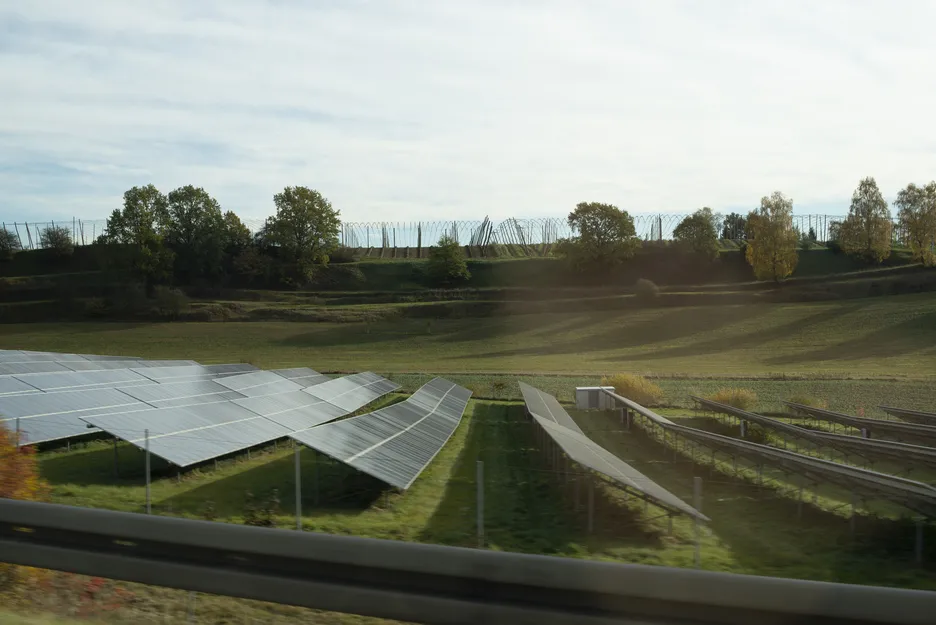Research Methods in Landscape Architecture and Urbanism
The module consists of two parallel seminars, Mapping and Research through Design.
In the seminar, mapping is taught as a practical drawing tool - far beyond graphics and depiction of spatial relationships - to make the imperceptible visible in graphic mapping with the help of physical-material structures. Mapping becomes an analytical and research tool to investigate the mediating level between social and physical space and its spatial qualities. In the following seminar Research through Design we will deal with its theory, with quality criteria of scientific knowledge and their application, using the mapping results as a basis for our designing research.
To complete the module (in Landscape Architecture program: 6 ECTS, in the ULS program: 5 ECTS), participation in the two consecutive seminars Mapping and Research through Design is required. Research Methods is not offered in the summer semester.
Agri PV as Special and "Spatial" Crop
Topic of seminar WS 2024/25

More and more solar modules are being installed on agricultural land around the world. This often means converting valuable arable land into building land, which then looks like industrial plants. One alternative is to combine agricultural use and solar energy generation, known as agri-PV.
Temporary or permanent constructions on agricultural land are known for special crops: Hop poles in hop gardens, vine training in vineyards, foil tunnels in vegetable cultivation, hail protection nets in apple orchards, etc. They add a third dimension to the cultural landscape, unique textures and spatial impressions.
For this reason, and because a certain amount of shade and weather protection also offer advantages to some special crops, agri-PV systems are currently being researched primarily in special crops. Nevertheless, solar systems will continue to be installed on normal arable land and grassland.
In the research seminar, the idea of roofing over special crops with PV systems will be reversed: we will examine the proportions and textures of special crops and develop "PV crops" that can also be used on arable land and grassland, creating aesthetic qualities of the third dimension, textures and spatial impressions.